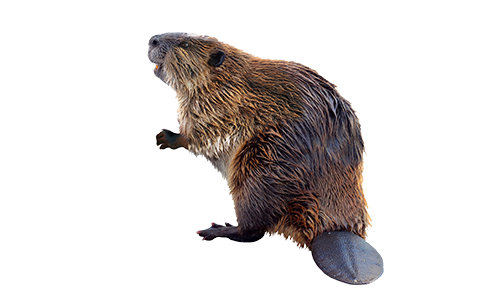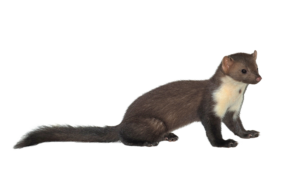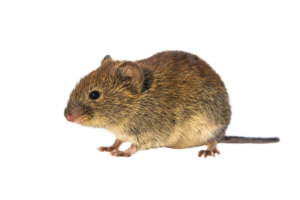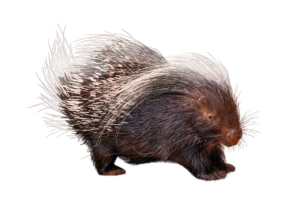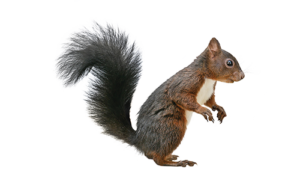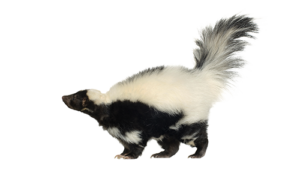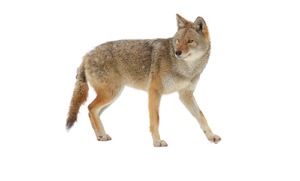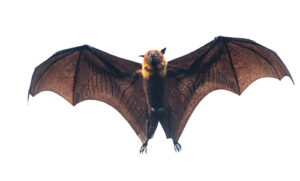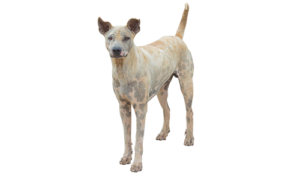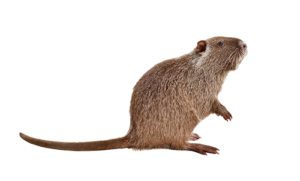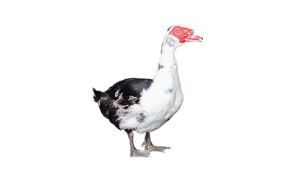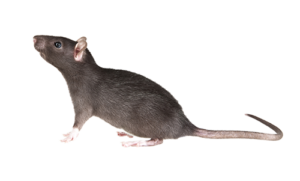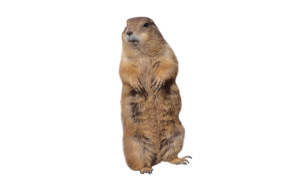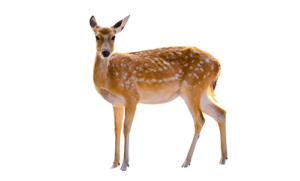Beavers are fun to watch as they go about their business. They are very busy creatures, working hard building their dams. However, due to their dam building habits, beavers are considered a pest species. Once a beaver completes a dam, it can block off waterways, causing flooding in a community. They also destroy area vegetation while gathering supplies for the dam. Call for help from a beaver removal specialist should a beaver move into the area and become a nuisance.
About
Beavers are the largest rodent in North America and the second largest rodent in the world. They do mate for life, giving birth in the spring to one to four kits. Kits are able to swim 24 hours after they are born and become fully independent in about two years. Most beavers live in family units with about eight members.
Beavers are nocturnal and spend most nights searching for food and building their den. Their dens are built over a waterway in forested areas. Beavers, like many other animals, are very territorial. They mark their territory with urine mud puddles and will slap their tails on the water as a warning signal to others.
Appearance
There are two species of beaver found in the United States – the North American Beaver and the European Beaver. Both have transparent eyes, protected by a thin membrane to help with underwater vision. The nose and ears of beavers shut for protection when swimming underwater. Both species are identified by their very thick, broad, hairless, and stiff tail. The tail almost looks like a paddle and helps beavers balance on land and steer their bodies in the water. Beavers have webbed back feet to aid in swimming. Beavers have very large front teeth which continuously grow throughout their lifetime. They chew and gnaw on the bark of trees to help wear it down as it grows out.
Behavior
Beavers are extremely clumsy on land, but very graceful in the water. They can swim five miles an hour and are able to remain underwater for up to 15 minutes. Beavers are able to effortlessly alter landscapes and play a major role in sustaining local ecosystems. Though they are nocturnal, they have been known to be active during the day too. They mate for life, living in colonies, usually consisting of kits from previous litters and their mates.
Diet
Beavers are herbivores, surviving mostly on plants, tree bark, and twigs. They tend to prefer aspen, poplar, birch, maple, willow, and cherry trees. However, they will eat from whatever trees are native to the area the beaver is living in. Based on availability, beavers will also feed on berries and aquatic plants. They are very fond of water lilies.
Habitat
Beavers are found in just about every part of the world except in regions that get extremely hot or cold. They construct dams on streams, canals, and rivers with branches, logs, vegetation, and mud. They are able to build an entire den in about eight hours. Each dam consists of two different dens. One is for drying out when they enter the dam through the underwater entrance. The second is where the family lives. Beavers build their homes with water surrounding it and the inside is designed to be completely water-free. The underground passage makes it difficult for other animals to enter the living quarters.
Diseases
Beavers carry no major diseases that can be transferred to humans or domesticated animals. However, on the rare occasion, some beavers have been found to have rabies and carry parasites. They do carry tularemia and giardiasis, which can be transmitted, but generally these only cause fever, muscle aches, cough, and pneumonia symptoms. The biggest concern with diseases from beavers is in the water surrounding the den. This water is contaminated by beaver waste and must be avoided because contact with the water can cause severe illness.
Prevention
Taking action to prevent beavers from moving into the area is far better than having to deal with the removal of a beaver. Protect trees by placing chicken wire around the bottom portion of the trunks. This eliminates the food source and availability of building materials. Just make sure to check on the trees often, to see if the wire needs to be expanded and replaced as the tree grows.
Some don’t mind having beavers living nearby. In fact, they can be very entertaining to watch. If nothing is being destroyed or flooded, leave the beavers alone. They tend to stay away from humans and mind their own business. If they do become a nuisance, call a beaver removal specialist for help removing the animals.
Complaints
The biggest complaint surrounding beavers is that areas become flooded due to the dam. Flooding can cause wood to rot and mold to grow. In extreme cases, flooding can cause foundations to collapse. Another concern is the loss of timber and fallen trees blocking the road from beavers chewing on trees to make their dens. If any of these concerns arise, call a beaver removal specialist for help determining if the animal needs to be removed from the area.
Removal
The best way to remove a beaver is to trap it. If you just destroy the dam, the beaver will build another one in a matter of hours. Plus, destroying the dam could cause flooding in other areas of the community. This is a task best left for a beaver removal expert. Hire someone with experience to remove the beavers from the area and break down the dams. These professionals are trained and experienced in how to remove and handle beavers humanely, efficiently, and effectively. Once captured and relocated, the den can be destroyed to stop flooding and prevent other beavers from moving in.
Beavers may be fun to watch, however, the building of their dens can cause lots of damage to an area. If a beaver is causing problems, such as flooding and damaged vegetation, contact a beaver removal specialist for help. The specialist will help remove the beaver and offer advice to prevent future families from moving into the same area.
